From May 15 to Sept. 15, 2025, Turin welcomes a major exhibition dedicated to one of the world’s oldest forms of theater. The exhibition Marionettes, Puppets and Shadows from China, staged at Casa Gianduja, is organized by the Fondazione Marionette Grilli and features more than two hundred original specimens, offering Italian audiences an in-depth look at traditional Chinese performing arts.
The initiative is also a preview of the larger exhibition The Figures of Dreams, scheduled for October 2025 at the same venue. The exhibition takes the form of a visual and cultural journey through the different faces of Chinese figure theater, articulating around three main nuclei: string puppets, glove and stick puppets, and shadow theater silhouettes. Puppets, as an art and theater form, boast a centuries-old history in China. The earliest records date back to the Eastern Han period (25-220 CE), when they were often employed in ceremonial or ritual contexts with a shamanic character. The transition from ritual object to recognized performance tool occurred more definitively during the Tang Dynasty (618-907 CE), when figure theater was officially integrated into imperial structures through the jiaofang, an institution charged with overseeing the performing arts, including music and dance.
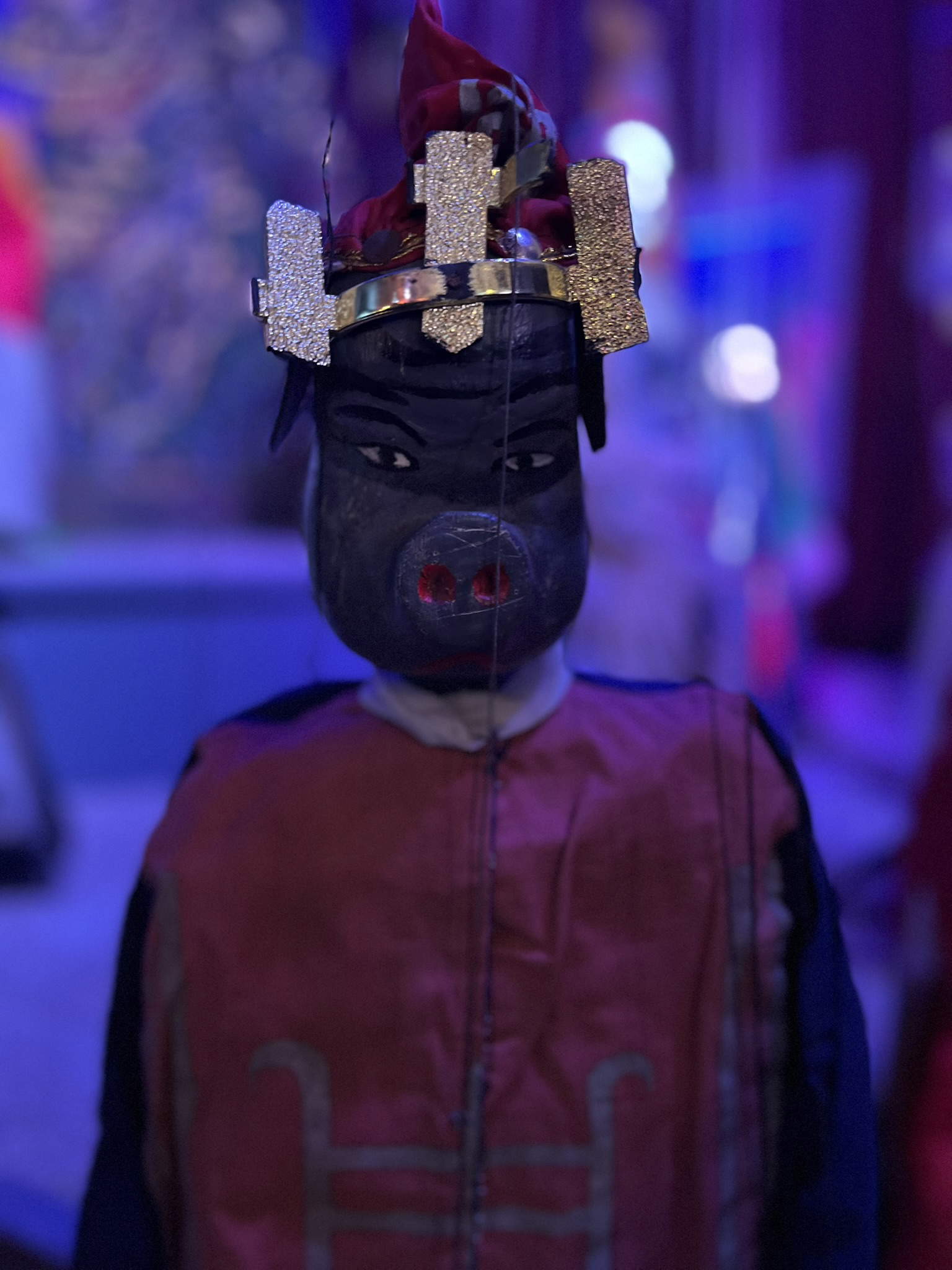
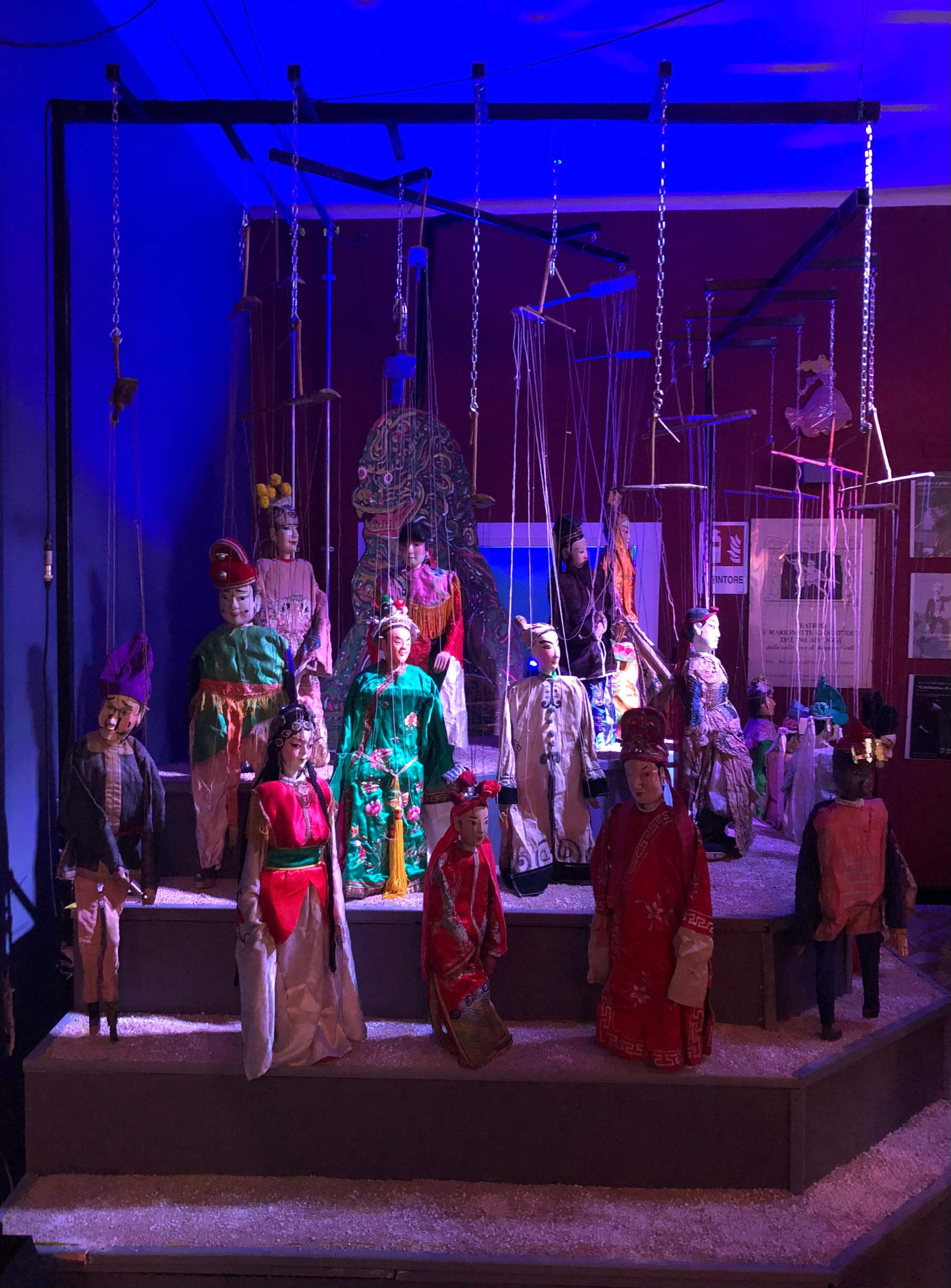
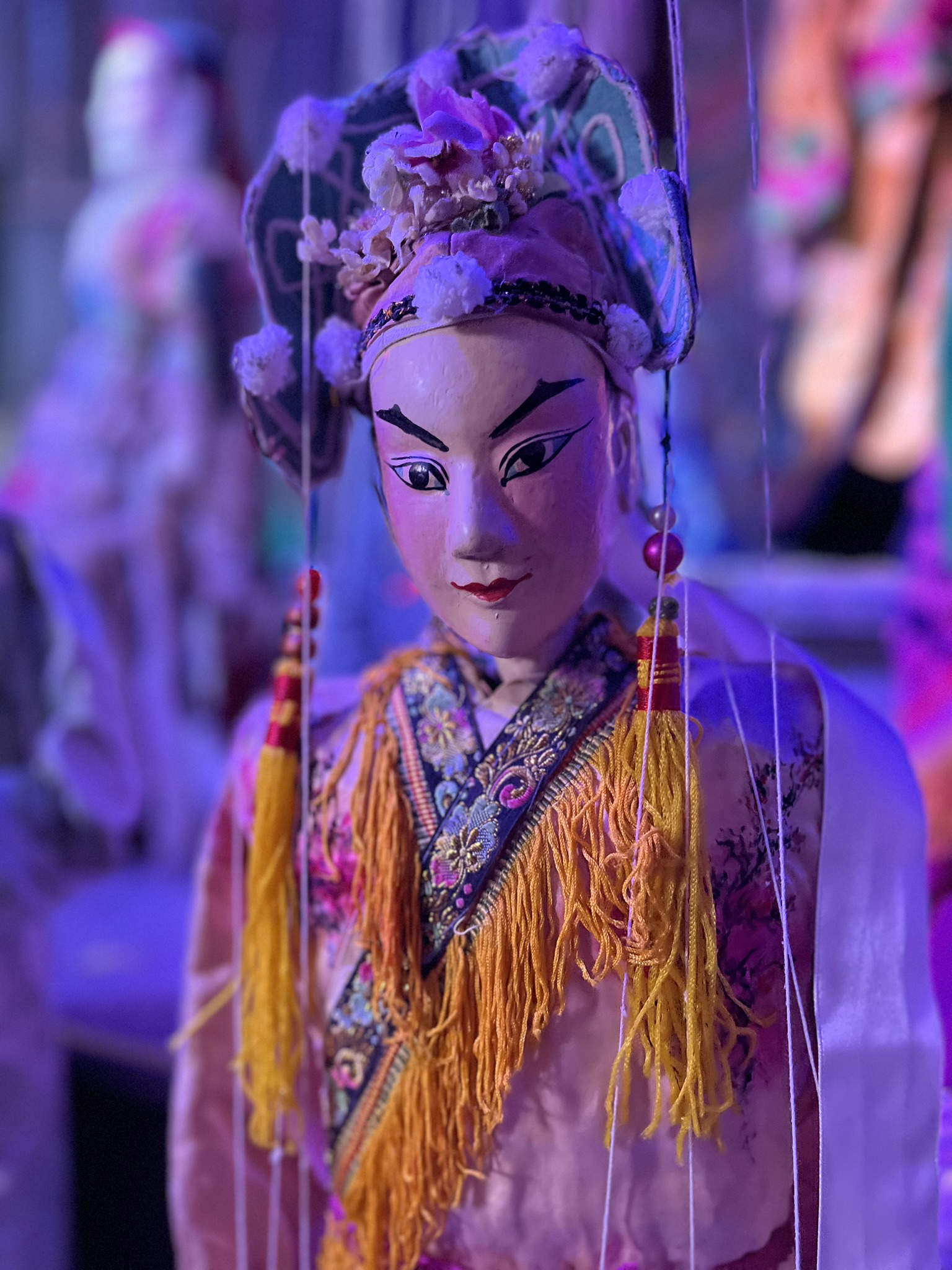
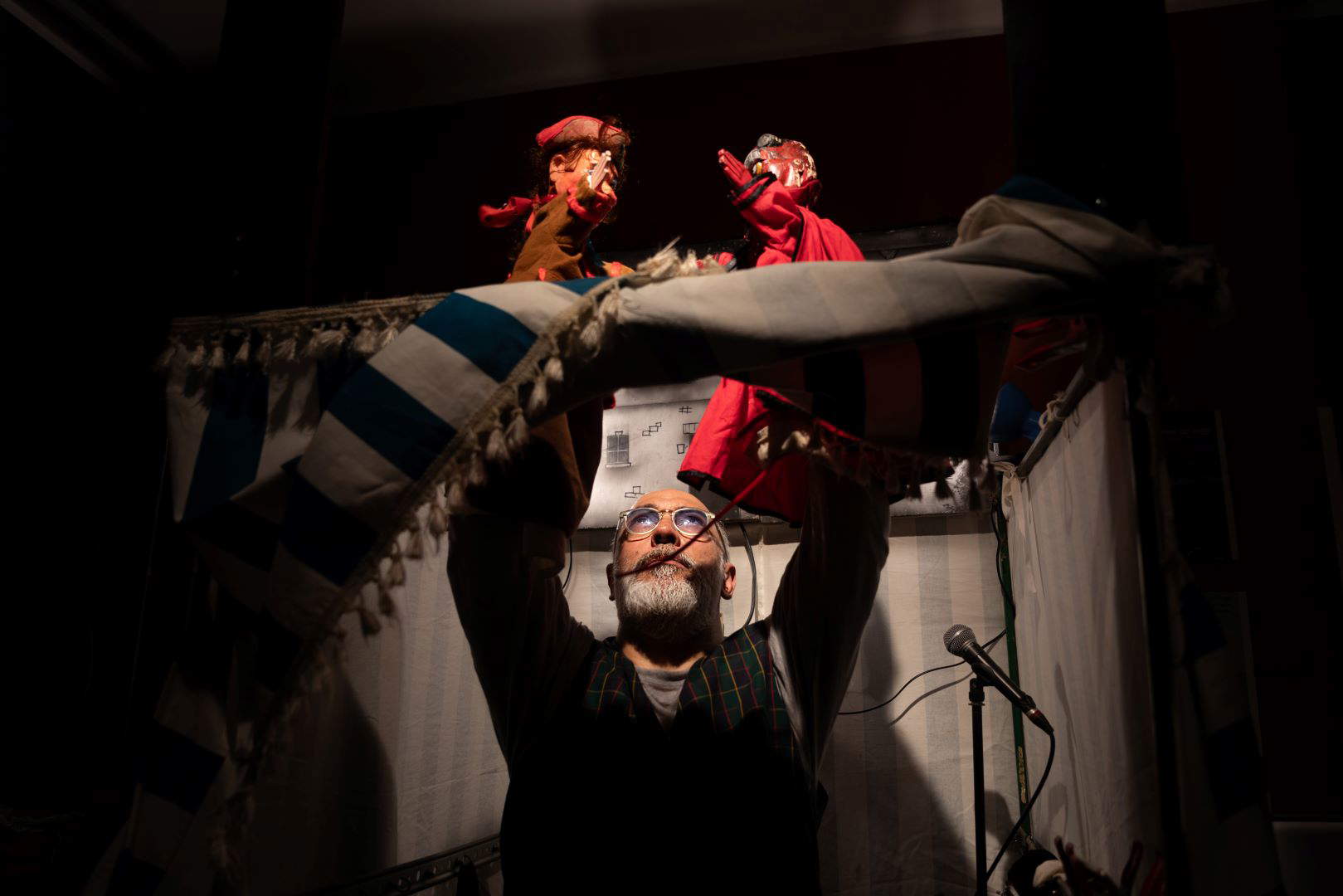
Over the course of successive dynasties, particularly under the Northern Song (960-1279) and Yuan (1271-1368), puppets experienced increasing popularity. The mechanism that enables the animation of puppets is highly sophisticated: through a system of wires, the number of which varies from eight to thirty, the puppeteer is able to precisely control complex and articulated movements. This technique has achieved amazing results in terms of expressiveness and verisimilitude, making puppets narrative instruments of great visual power. Parallel to the marionette tradition, forms of puppet theater also developed in China, the use of which also dates back to the Tang era. Unlike puppets, puppets are animated from below and can be moved directly by the operator’s hands, in the case of glove puppets, or by means of wooden or bamboo sticks, as is the case with stick puppets. Early models featured a relatively simple structure, with a carved head and movable limbs. Over time, the technique refined, leading to the creation of more complex figures, equipped with carved, carefully painted heads and hands, and in some cases even jointed legs. A distinctive feature of the puppets is the presence of a central stick, inserted into the neck, which allows the head to move. Additional sticks allow control of the arms and, in more advanced models, also the legs.
No less ancient and evocative is the tradition of shadow theater, of which the Turin exhibition presents numerous examples. The earliest documented evidence dates back to the Northern Song period (960-1127 AD), but the most famous legendary tale places its origins much earlier, around 90 BC. According to tradition, a shadow was conjured to ease the grief of Emperor Wu of the Han Dynasty, who was distraught over the death of a concubine. The legend, rather than returning a historical fact, emphasizes the spiritual and magical value attributed to this theatrical form. The silhouettes used are made of ox or donkey skin, engraved and then colored with transparent pigments, often anilines, which allow the light behind to pass through them. Sticks, attached at strategic points on the figure, allow the characters to move precisely against an illuminated screen. The result is a visual narrative made of light and silhouettes, in which poetry and ritual are mixed.
The decision to exhibit this heterogeneous collection in Turin responds to the Fondazione Marionette Grilli’s desire to acquaint European audiences with the many facets of an artistic heritage still little explored outside Asia. The objects on display come from private and public collections, some were used in traditional theatrical performances, others belong to historical schools still active in some regions of China. The selection aims to offer as broad and representative an overview as possible of the main techniques and stylistic schools. The Turin event is thus an opportunity to delve into a theatrical tradition that, despite its geographical and cultural remoteness, dialogues with Western forms of expression and the growing interest in unconventional performing arts.
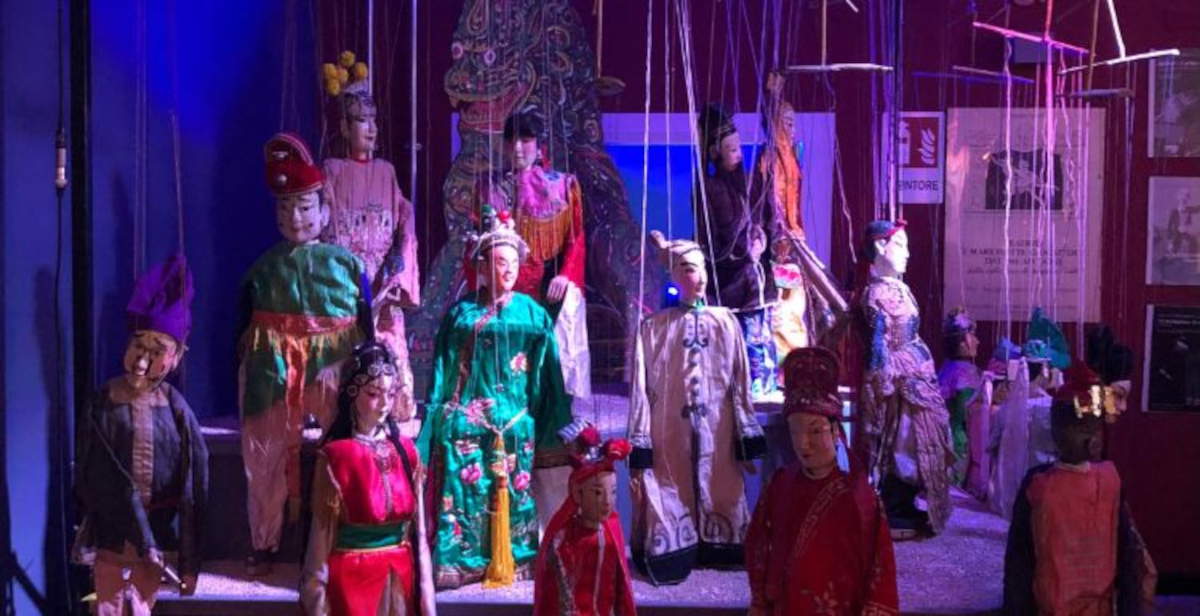 |
| From China to Turin: puppets and marionettes from a thousand-year-old tradition on display at Casa Gianduja |
Warning: the translation into English of the original Italian article was created using automatic tools. We undertake to review all articles, but we do not guarantee the total absence of inaccuracies in the translation due to the program. You can find the original by clicking on the ITA button. If you find any mistake,please contact us.